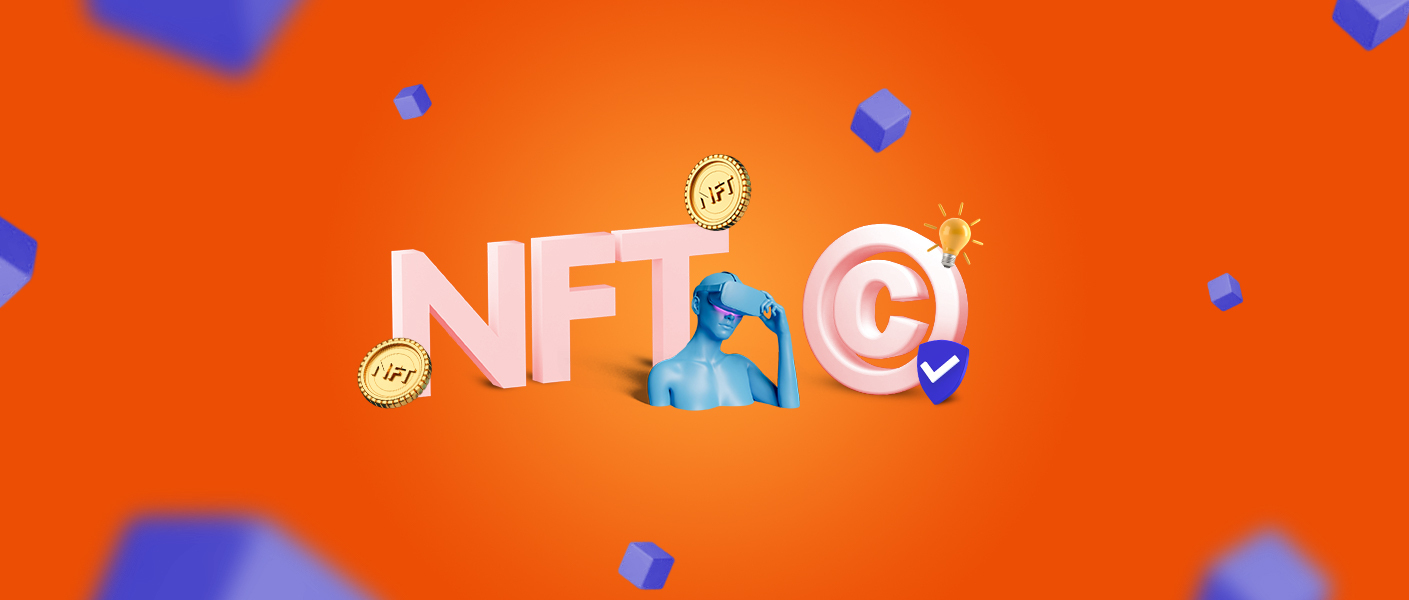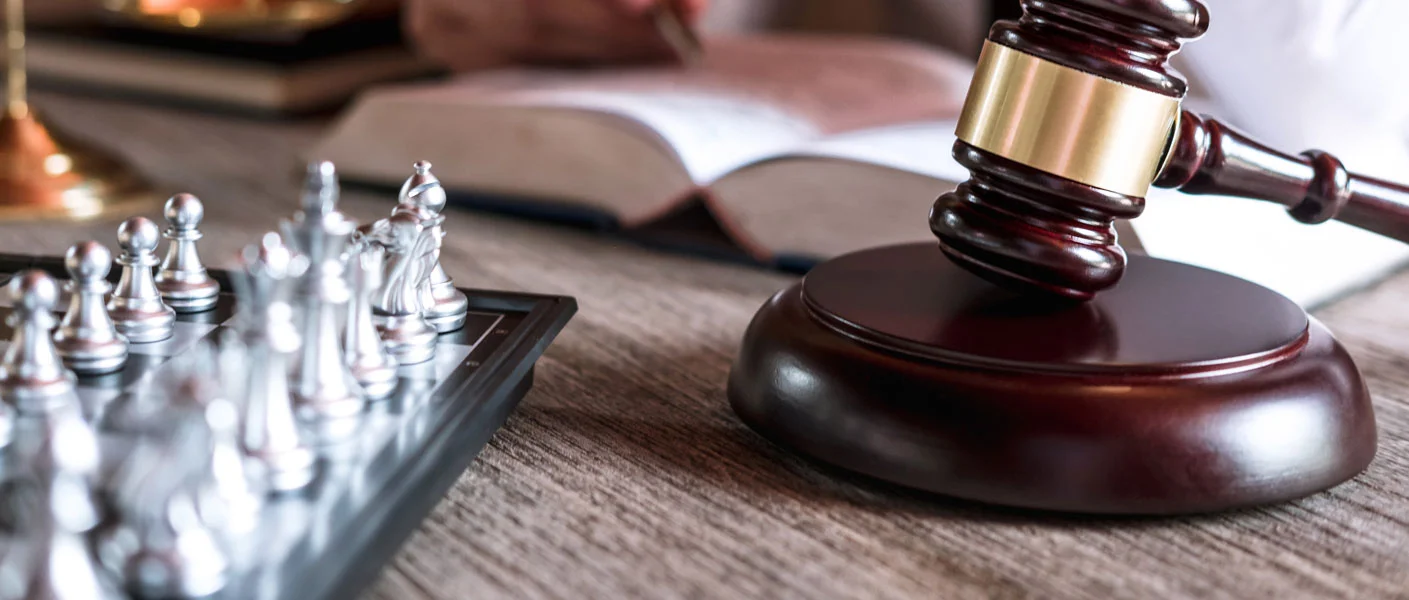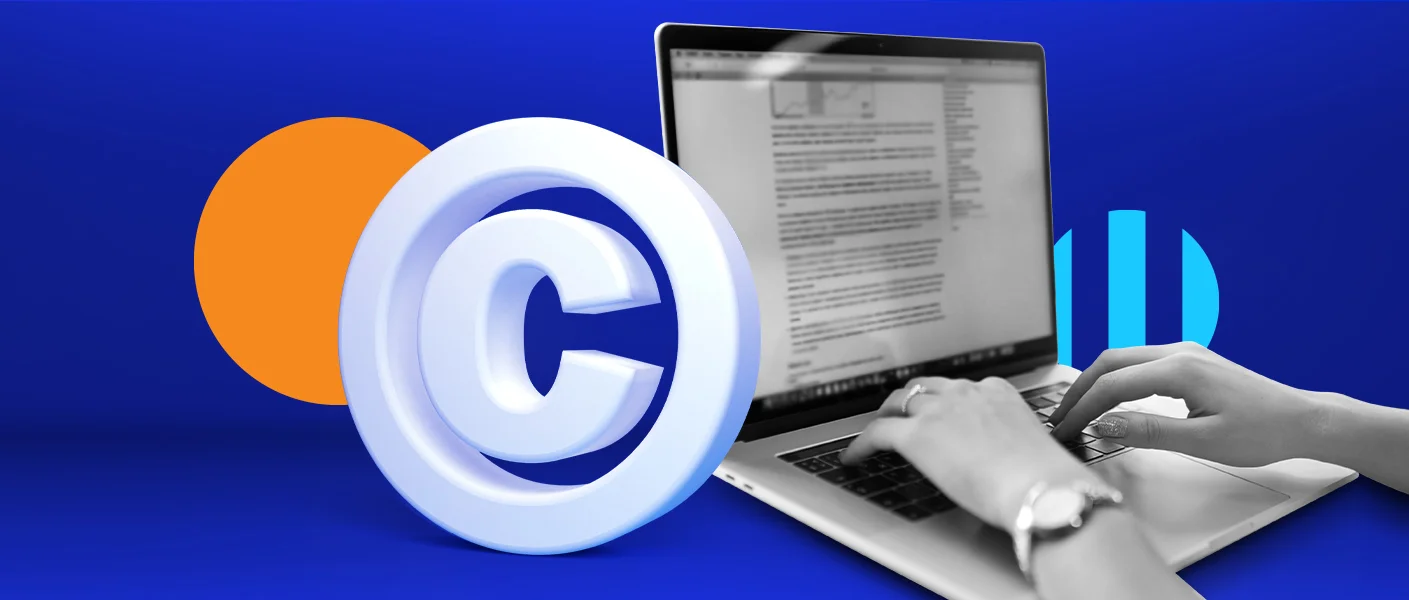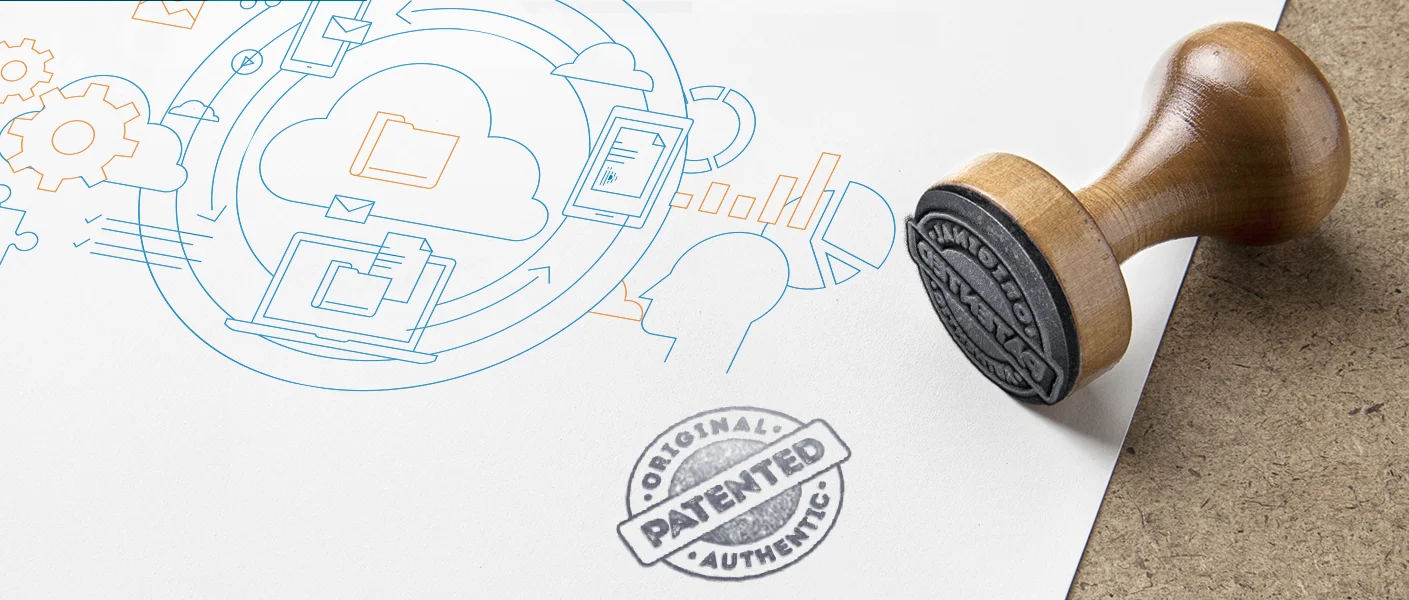NFT vs Copyright: Who Is Secure?
February 24, 2022 By Ajita SharmaIn the recent years, NFTs have taken the world of cryptocurrency by storm. And they show no signs of slowing down. With single art pieces gaining as much as 69 million USDs, NFTs are rapidly turning out to be the new ‘it’ thing. More and more people are now eager to buy into and utilise this new form of digital investments. But before you go ahead and buy NFTs, it is important to understand what they are and how intellectual property rights function in relation to them.
Let’s start at the beginning. What are NFTs?
NFT stands for non-fungible tokens. Thus, they are interchangeable with other items.
To illustrate, fungible tokens include cryptocurrencies like Bitcoin. These tokens have equal fractional values. Just like two notes of five-rupees together have the same value as one note of ten-rupees and ten notes of one-rupee.
On the contrary, all NFTs are unique and possess individualised values. They can be almost anything digital, like music, drawings, or videos. There are NFT artists who have even turned their tweets into NFTs that are bid for millions of dollars.
Just a minute. Where are these NFTs stored?
Similar to fungible tokens, NFTs also reside on blockchain technology. The only point to note is that these original files are almost never stored on the blockchain. Some files are particularly large, so it wouldn’t be feasible to do so. Consequently, if you were to buy an NFT, you wouldn’t get the original digital artwork. Instead, what you would get is a link to that file.
And how are NFTs created?
The process of creating NFTs is known as minting. It basically involves the creation of code on a blockchain network, typically Ethereum. This adds a unique ID to the asset, with the ownership details. Once it is created, this digital asset can be listed on NFT marketplaces and offered to potential buyers.
Can we get to the point already? What’s the conflict between NFT and copyright?
1. Owning an NFT does not automatically include copyright
Being the owner of an NFT is very different from being the copyright owner of an art. To illustrate this difference, let’s consider that you create a charcoal sketch. Now, you create an NFT of this sketch and sell it.
While this NFT does represent your original sketch, the new owner of your NFT owns just the NFT. They do not own the copyright or any other form of intellectual property protection afforded to your original sketch. And of course, they cannot publish, distribute, or earn royalties from the sketch.
By their very nature, NFTs often elude intellectual property protection. Because, technically, an NFT is just a chain of code.
2. Copyfraud through NFTs is rampant
As the popularity of NFT grows, so does IP infringement. Anonymous thieves have now begun to sell whatever digital art they can find online.
For example, let’s consider that you are an illustrator who makes floral patterns that you print on mugs, notepads, and T-shirts. And you sell these products through your own website. Certainly, you would have found many infringers selling your products on e-commerce sites over the years.
In addition to this, you now have to worry about an increasing number of NFTs being made by some anonymous users by stealing your work. As a result, the blessing of blockchain technology is likely to become a nightmare for you.
Be that as it may, you shouldn’t be disheartened. Just because the world of blockchain technology is a largely unexplored and unregulated one, it does not mean that it is beyond the bounds of intellectual property law.
3. Copyright ownership is complicated
On the surface, copyright ownership seems pretty simple, doesn’t it? But there are situations when the creator of intellectual property is not the copyright owner.
Firstly, if you create a painting in collaboration with two other artists, all three of you own the copyright together. It goes without saying that you cannot publish, distribute, or earn royalties from the painting without the permission of the other collaborators.
Meanwhile, you will have to mine the NFT from a single computer and thus, that person becomes the official “seller”. In such cases, it is necessary to communicate openly with your collaborators and reach an understanding so that everyone reaps equal benefits through this process.
Moreover, if you create a piece of art under the bounds of a contract, you might not own the copyright. Accordingly, let’s imagine that you create a video in the course of your job as a videographer. Most likely, your employer owns the intellectual property rights for it. Therefore, you cannot just sell an NFT based on this video.
When mining and selling NFTs, it is very important to ensure that you have legal rights over the underlying work.
What happens if I sell NFTs that infringe upon someone else’s rights?
If you knowingly or unknowingly commit copyfraud, you put others at risk as well. For example, say that you copy some famous photographer’s work and sell it as an NFT. First and foremost, the photographer faces damage. Secondly, you and anybody who chooses to resell the NFT might find themselves in the middle of a lawsuit. And if worst comes to worst, the whole platform might be under scrutiny.
That is why it is so important to be mindful when you create, mine, sell or resell NFTs.
Key Takeaway
In an era when digital fraud is so easy and widespread, it is important to be vigilant of your IP rights. The only way to protect your artwork and that of others is to familiarise yourself with intellectual property law and consult an expert if any situation seems fishy. On the other hand, buyers should also be mindful of which NFTs they buy and where these NFTs originate from.
As a leading IP law firm, we are committed to protecting the IP rights of our consumers. We guide them through all steps of copyright protection and even help them take strategic steps in case of infringement.





